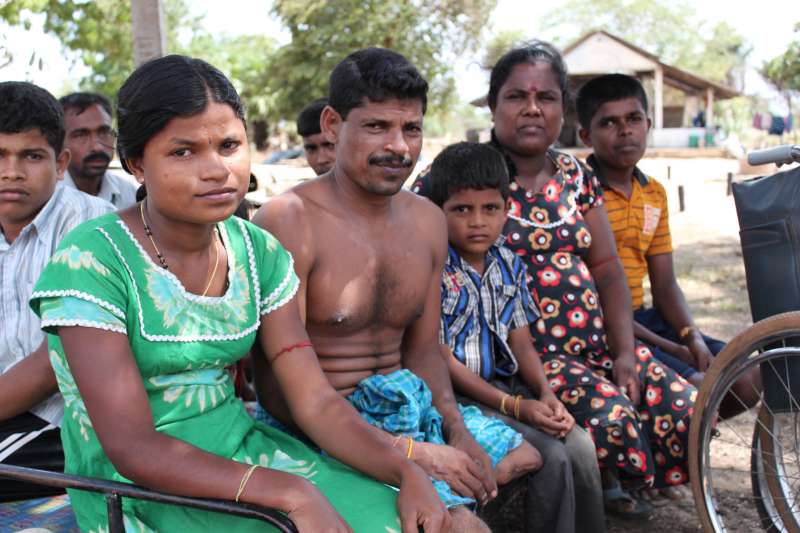By Emily Schneider
Impunity Watch Reporter, Middle East
DAMASCUS, Syria – As the civil war rages on, the Syrian government has taken action to safeguard its chemical weapons. US Secretary of Defense Leon Panetta said Friday that there had been “limited movement” to secure the chemical weapons.

Syria has admitted to having a large stockpile of chemical weapons but has not signed the Chemical Weapons Convention or ratified the Biological and Toxin Weapons Convention. According to CIA intelligence, Syria has had a chemical weapon program for years and has developed mustard gas and Sarin, a highly toxic nerve agent. The C.I.A. also believes that the country has attempted to develop more toxic nerve agents, such as VX gas. A report citing Turkish, Arab, and Western intelligence agencies put its stockpile at around 1,000 tons of chemical weapons stored across 50 towns and cities.
Mr. Panetta told a news conference at the Pentagon on Friday: “We continue to have a concern about the security of the CBW [chemical and biological weapons] sites.”Although he added that the major sites “still remain secured by the Syrian military” there has been intelligence that there has been “some movement in order for the Syrians to better secure… the chemicals.”
“There has been intelligence that there have been some moves that have taken place. Where exactly that’s taken place, we don’t know,” Panetta told reporters. “I don’t have any specific information about the opposition and whether or not they’ve obtained some of this or how much they’ve obtained and just exactly what’s taken place.”
These chemical weapons can be deployed using aircraft, ballistic missile, and artillery rockets. There is no evidence that Syria has used them in the 18-month conflict with the rebel forces, but has threatened to use them if the country came under attack.
President Barack Obama has declared that the threat of chemical or biological warfare in Syria is a “red line” for the U.S. meaning the U.S. will not tolerate it if the weapons fall into the wrong hands.
If the weapons do fall into the hands of militant groups, President Obama has said that at that point, it’s “an issue that doesn’t just concern Syria. It concerns our close allies in the region, including Israel. It concerns us.” With the recent, more intensified fighting throughout the country, the possibility of militant groups obtaining the chemical weapons is becoming real.
“We cannot have a situation where chemical or biological weapons are falling into the hands of the wrong people,” said President Obama.
For further information, please see:
BBC – Syria ‘Moving Chemical Weapons to Safety’ – Panetta – 28 September 2012
Huffington Post – Syria Chemical Weapons Moved, Defense Secretary Leon Panetta Says – 28 September 2012
Washington Post – Panetta: Intelligence Suggests Syria Moving Some Chemical Weapons – 28 September 2012
CBS News – Obama: Chemical Weapons in Syria are a ‘Red Line’ – 20 August 2012


